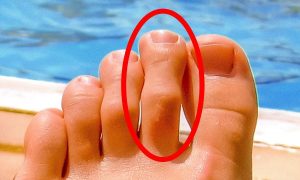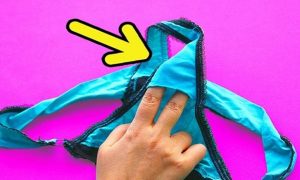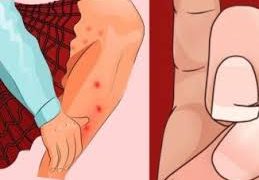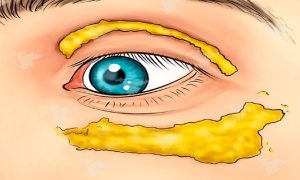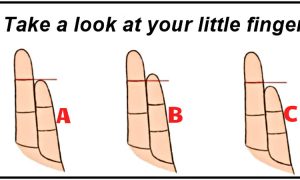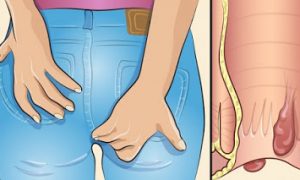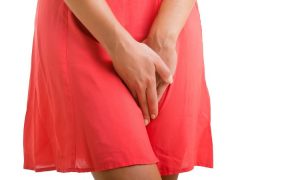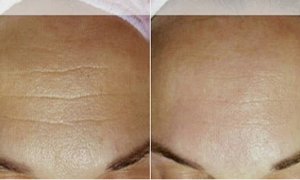You’ve been using your washing machine day in and day out for quite some time now to clean your clothes and linens, but when was the last time you took some time to clean your washing machine? Here is a comprehensive step by step guide that will help you learn how to clean a washing machine easily and naturally.
If you’re like me, the thought of cleaning your washing machine never crossed your mind. I always assumed that while the machine was washing my clothes, it was also cleaning itself.
Makes sense, right?
Little did I know that mold, mildew, and nasty odors were growing and building up over time, and I would soon be faced with the unpleasant reality that the very machine I relied on to clean my clothes was, in fact, getting moldy and starting to smell quite unpleasant.
HOW TO CLEAN A TOP LOADING WASHING MACHINE
Whether you have a front loading or top loading washing machine, the steps to take to clean them are generally the same, though there are a few differences in the process, so I want to dedicate two different posts to each subject. In this post, we will learn how to clean a top loading washing machine.
In this how to clean a washing machine series, you’re going to learn everything you need to know to deep clean your washing machine, whether top or front loading.
DO I NEED TO CLEAN MY WASHING MACHINE?
If you have never cleaned your washing machine, or haven’t done it in the last year, then the answer is a resounding YES!!
When you think about it, most of the clothes that we put into our washing machines are filled with dirty, hair, food, and other things – and all that stuff from our clothes gets washed off and goes… where?
Where does the dirt go in a washing machine?
Well, the dirt gets washed off your clothes and with the help of your laundry detergent, gets broken down into the water. Then, when the water is flushed out of the machine, the dirt is flushed out with it. Well, most of the dirt is flushed out.
But not all of it.
See, some of the dirt gets left behind in the crevices of our washing machines, and that’s when bacteria and mold start to grow in the machines, and bad odors come after that.
Taking the right steps to learn how to properly clean a washing machine, to ensure you’re getting everything that could cause bacteria and growth out of it, will help prolong the life of your machine AND ensure your clothes come out the way you want them to – clean.
If you’re still not convinced that you should be cleaning your washing machine, let’s go over some quick points.
WHY SHOULD YOU CLEAN YOUR WASHING MACHINE?
If you’re not sure whether you should clean your washing machine or not, here are some reasons why you should:
- Washing machines hold a lot of moisture in them, even while not in use, and can quickly become a breeding ground for mold and bacteria.
- When a washing machine isn’t cleaned regularly it can start to let off unpleasant odors.
- These odors can then be transferred to your clothes (the clothes that are supposed to be getting cleaned).
- Dirt from your clothes can get left behind in the machine.
- Build up from your water and detergent can occur over time in the pipes, causing your machine to work harder and wear out faster.
Are you convinced yet that your washing machine is due for a good cleaning?
HOW TO CLEAN A WASHING MACHINE
When my husband and I moved into our current house I was taken aback by two things: the stovetop/oven and the washing machine.
The stovetop and oven had dirt, spills, cobwebs (yes – cobwebs), and other substances on and inside it – but that’s a story for another day.
The washing machine had dirt, dust bunnies, grime, slime, detergent, and some pocket change on, in, and around it, and that is when I realized the importance of regularly maintaining and cleaning a washing machine to keep it running as good as it should be.
Since the steps for cleaning a top load versus cleaning a front load washing machine differ slightly, this post will help you learn how to clean a top loading washing machine, while the next post in the series will teach you how to clean a front loading washing machine.
BLEACH AND YOUR SEPTIC SYSTEM
How to clean a washing machine with bleach… or if you even should.
Many people will suggest using bleach to clean your washing machine, but it turns out that it is NOT the best way to clean your machine. In fact, bleach can set you on a fast-track to septic system problems.
Bleach’s main purpose is to kill bacteria, and while that is great for your washing machine, it’s not so great for your septic system. Your septic system relies on bacteria to break down the solids in the tank, and without the bacteria, you could experience septic failures and backups – which are both something you want to avoid.
Small amounts of bleach every once in a while shouldn’t be enough to kill all the bacteria and harm your septic tank, but just to play it safe, we’re going to look at how to clean your washing machine with baking soda and vinegar, in this example.
HOW TO CLEAN A WASHING MACHINE WITH VINEGAR
Step 1
Empty your washing machine of any laundry that may be in there.
Step 2
Set your washing machine to run the largest load with the hottest water, for the longest cycle. Do NOT add any clothes or detergents to this cycle.
Step 3
Add 3 to 4 cups of white vinegar straight into the washing barrel and press start. Allow the vinegar and water to mix in the machine for a minute while you prepare the next step.
Step 4
Open the lid to stop the machine and add 1/2 cup of baking soda into the vinegar and water mixture in the machine. Close the lid and allow the machine to work for another 1 to 2 minutes to mix the water, vinegar, and baking soda all together.
Step 5
Open the lid to stop the machine and let the cleaning solution sit in it for about an hour, without the machine running.
Step 6
While your cleaning solution is sitting in the washer for an hour, take a cleaning cloth and, dipping it in the cleaning solution in the washing machine, use it to wipe down the exterior of your machine.
Wipe the top and sides of the machine along with the lid, knobs, the ring on the inside, and any crevices on the machine.
Tip: Use an old toothbrush to scrub away dirt from the crevices of the washing machine.
Step 7
While you are wiping down the machine, remove 2 cups of vinegar/baking soda/water from the washer barrel and place into a cleaning bucket for later.
Step 8
Once an hour has passed, turn the machine back on and allow it to finish its wash cycle.
Step 9
Once the wash cycle is complete and all the water has drained from the barrel, take a cleaning cloth or sponge and, using the vinegar/baking soda/water cleaning solution you scooped out of the washing machine earlier, scrub the inside of the machine.
Be sure to scrub all the way to the top, as the water level in the machine doesn’t reach that high.
Step 10
Run a hot water short rinse cycle through your washer without any detergents or vinegar. This rinse cycle will remove any grime that got loosened off while you were scrubbing the barrel.
And just like that, you’re done!
Your top load washing machine is now ready to be used and ready to really clean your clothes without leaving any grime, bacteria, or odors on them.
HOW TO KEEP YOUR WASHING MACHINE SMELLING FRESH
Now that you’ve learned how to remove odor from your washing machine, and it’s all squeaky clean, you’re going to want to keep it that way so you don’t have to spend another day cleaning it in a few weeks. You can keep your washing machine smelling fresh for months to come by doing one simple thing: keep the door open when not in use.
Try to never close your washing machine lid when it’s not in use, otherwise, moisture won’t be able to dry up and it will get trapped in the machine, which will cause bacteria, mold, and odors to start occurring again quicker than they need to.
Now that you know how to clean a washing machine – you can go ahead and get started on your own. It doesn’t take much time and the results will be well worth your efforts. Just knowing that your clothes are actually getting cleaned should be enough to motivate you to get up and clean your washing machine!



